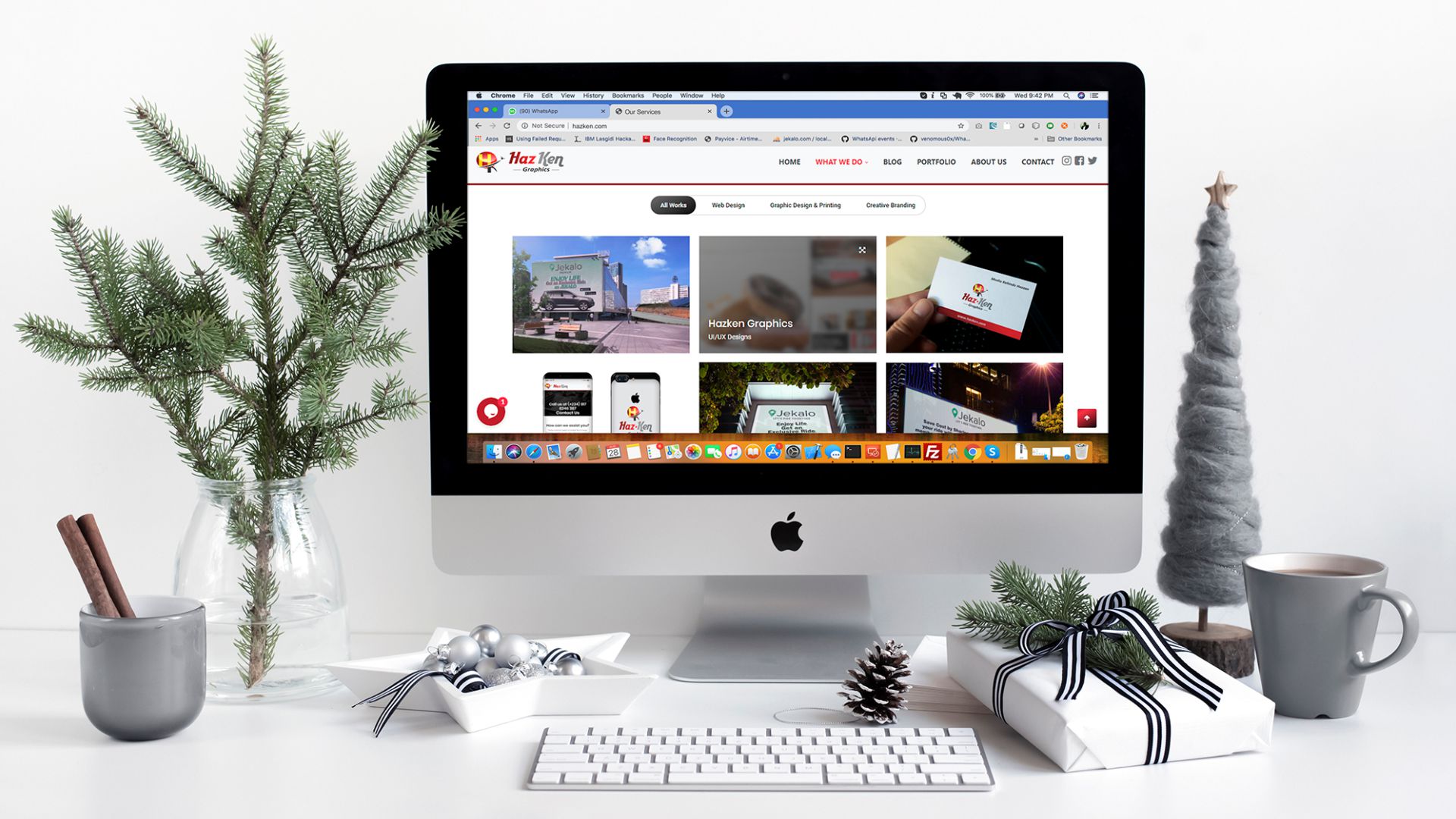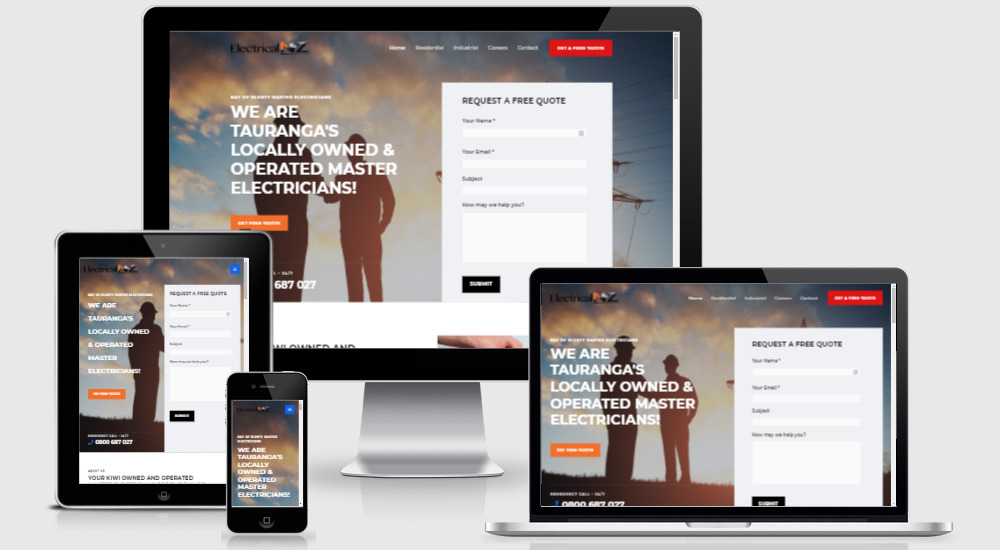9 Tips for Web Development Using Elementor
Elementor is an outstanding web advancement tool that can offer you lots of choices in regards to customization with its top-notch drag-and-drop editor. In time, this tool has actually turned into more than just a page home builder-- you can now utilize it to create full-fledged sites without ever typing in a single line of code.
Considered that Elementor has numerous customization alternatives, even experienced developers may miss out on a few of them and may end up building a less compelling site as a result.
Creating pages with Elementor fasts and simple, however there's always something you can do to enhance the procedure even more. That's what this guide is for.
We spoke to developers from the very best New York web design companies, and in the following paragraphs, we'll show you how to develop a site utilizing Elementor by using the editor and its functions to their complete potential. Let's get started!
Begin with a Template
When you develop an Elementor website, you won't typically require to develop your entire layout from scratch. This is where design templates are available in, and fortunately is that Elementor has an extensive template library with a wide range of expertly made design templates.
These templates can be used to create websites rapidly and easily, however if you do not want to utilize a full web template, there's constantly the choice of Blocks. These are areas of a webpage, such as a contact page, hero section, services, and so on \.
Keyboard Shortcuts Make Everything Faster.
There's no question that utilizing keyboard faster ways can make your work much faster and more streamlined. Elementor's reasonably recent addition of shortcuts to the page builder permits users to speed up their style process and make whatever run efficiently.
Everybody understands about the easiest keyboard faster ways like Ctrl + C and Ctrl + V, but Elementor's page contractor has some more advanced stuff built-in as well.
If you can't remember all the shortcuts (let's face it, no one can), the one you should keep in mind is Ctrl +?. This will open a list of all the faster ways so you can constantly refresh your memory.
If you wish to remember a few of the most essential faster ways after all, here's a list of some Elementor-specific ones:.
Ctrl + P-- Panel/preview view.
Ctrl + Shift + M-- Desktop, tablet and mobile views.
Ctrl + Shift + H-- History panel.
Ctrl + I-- Navigator.
Ctrl + Shift + L-- Template Library.
Ctrl +?-- Keyboard Shortcuts Window.
ESC-- Settings.
Conserve Sections and Reuse them Later.
You're bound to have a couple of areas of each page that you're going to want to reuse on other pages. Well, instead of redesigning every one over and over once again each time you wish to utilize it, you can wait for later.

We'll utilize a uncomplicated example to illustrate the effectiveness of this feature. Considering that the future of service is digital, every site you make will probably need a customer care or consumer support area. With Elementor, you can construct this section as soon as and reuse it with a couple of tweaks as sometimes as you like.
Every area that you style can be used on other parts of your site and even on other websites that you construct. This gives you a enormous quantity of freedom to experiment, not to mention the time-saving aspect.
Believe Carefully About the Color Palette.
When you're creating a webpage or an entire site, for that matter, you need to always follow a pattern in terms of creating a duplicating color combination. Undoubtedly, the selection of colors that you come up with must be carefully thought about instead of picked out arbitrarily.
Once you've chosen your scheme, you'll need to reuse the same couple of colors throughout the design, and entering the color code or picking out the color from the choice panel each time can be quite laborious.
Thankfully, Elementor has a service for this. You can go to the settings and include your picked colors to the color picker so that your colors always show up in the "Custom" area of the color picker.
Reuse Common Sections with Global Rows.
Few of Elementor's functions can help you speed things up rather as effectively as Global Rows. Let's state you wish to have the same widget show up in lots of sections of your site. This can be anything from a sale banner noting your product's information to your universal CTA row.
If you wanted to make a small change to this row on each page, it might potentially take a while, depending upon the number of pages your site has. Fortunately, Elementor has the Global Rows feature in place designed to tackle this specific issue.
The yellow-hued Global Rows are designed to alter in unison, so whenever you change one, the others adjust accordingly. It goes without stating that this feature could potentially conserve you a truckload of time and effort, so be sure to take full advantage of it.
Export and Reuse your Designs on Other Websites.
Exporting and importing entire design templates is another helpful function that Elementor offers.
With this, you can quickly export a style and recycle it on another website with a few clicks. This is particularly beneficial if you're constructing a layout in your area and wish to export it to the customer's site in the quickest and most uncomplicated method possible.
To use this function, go to the "My Templates" page and click the "Export Template" button for the design template you want to export. The procedure is basically the very same for importing templates; simply click on the appropriate button, select the template you want to import, and it's done.
Use Navigator to Move Through Sections More Easily.
The folks at Elementor have recently included the "Navigator" function to the page home builder. We believe this to be among the site home builder's finest features for enhancing the style procedure.
It is basically a navigation tree supplying simple access to each part of the site straight from the page home builder. Navigator's little pop-out window also allows you to drag and drop components and easily personalize the design.
You'll find this tool to be most helpful when you're dealing with pages with lots of elements or those with multi-layered and intricate designs.
All you need to do to access the Navigator window is right-click on a widget and pick the Navigation alternative from the drop-down menu. If you prefer utilizing keyboard faster ways, the Navigator window is accessed utilizing the command Ctrl + I.
Take Full Advantage of Elementor Finder.
If you're designing more than one page and want to toggle in between them, you could squander a lot of time doing it the "old-fashioned way" by conserving the page, going back to the control panel, searching for the other page, and opening it up again.
Doing this one or two times does not sound all that bad, but if you need to do it lots of times for each develop, it can remove some valuable time you might have spent getting the project done.
As you might have thought, there's a option for this as well, and it is called Elementor Finder. This feature https://ionline.com.au/web-development/ permits you to jump to any Elementor page, design template, theme, or setting simply by utilizing the search bar.
To gain access to Finder, go to Elementor Settings, or use the command Ctrl + E on your keyboard.
Cover the Basics.
When you're creating a websites, you'll most likely wish to keep some settings the exact same throughout all the rows and sections. To do this efficiently, instead of altering the setting on each page and in each row and losing a great deal of time, you can utilize Global Settings and eliminate redundancy.
In case your chosen font style is not offered, you can add it to Default Fonts. If you wish to put some white area in between your widgets, you can do so in the Global Settings too, and while you're at it, you can define the default material width for rows.

These and other alternatives are readily available on the Global Settings page, so it is absolutely worth taking a look at before you start working.